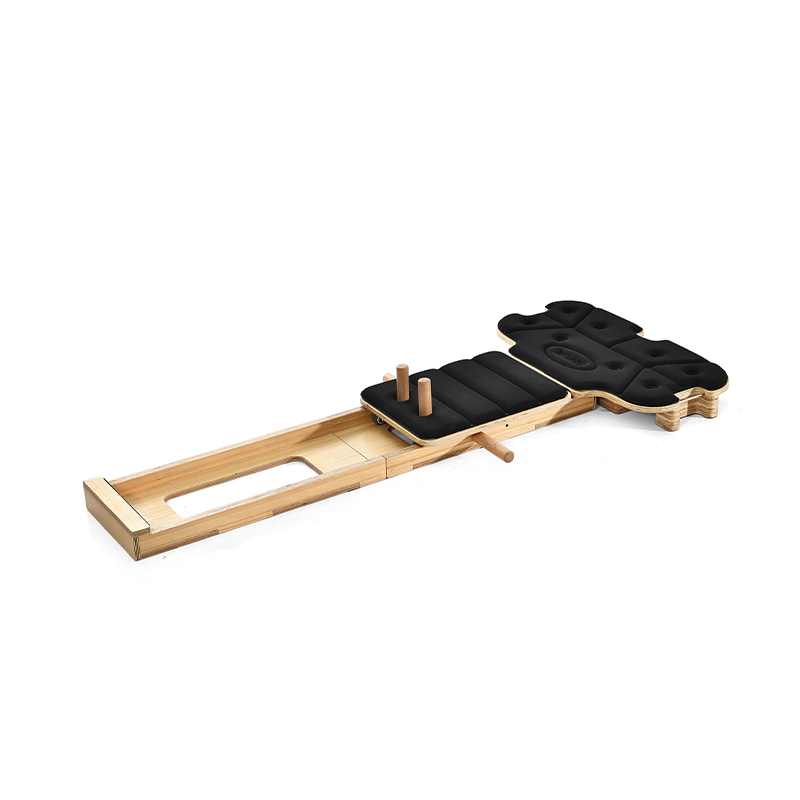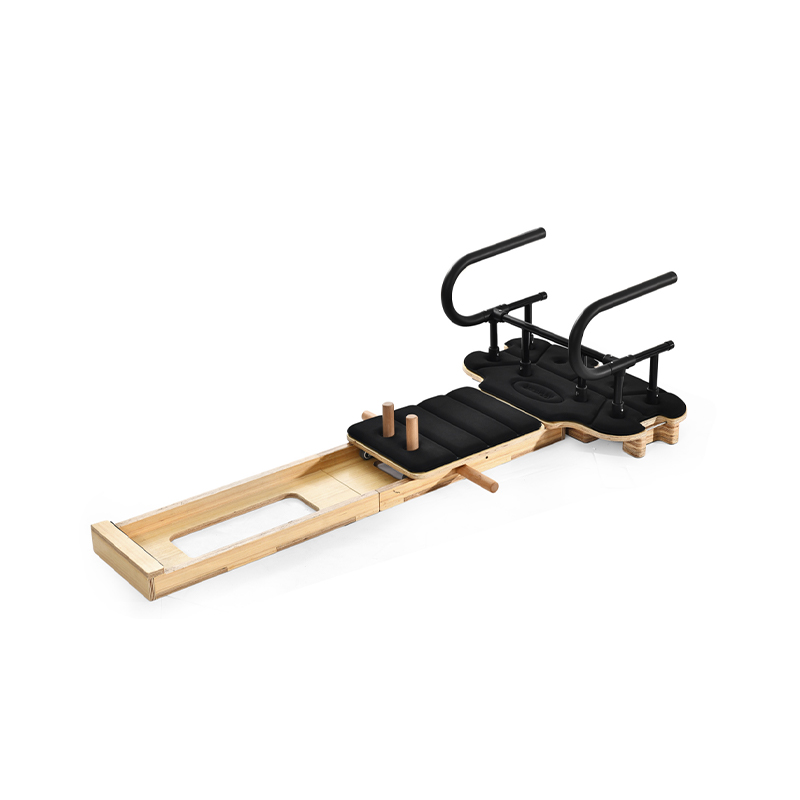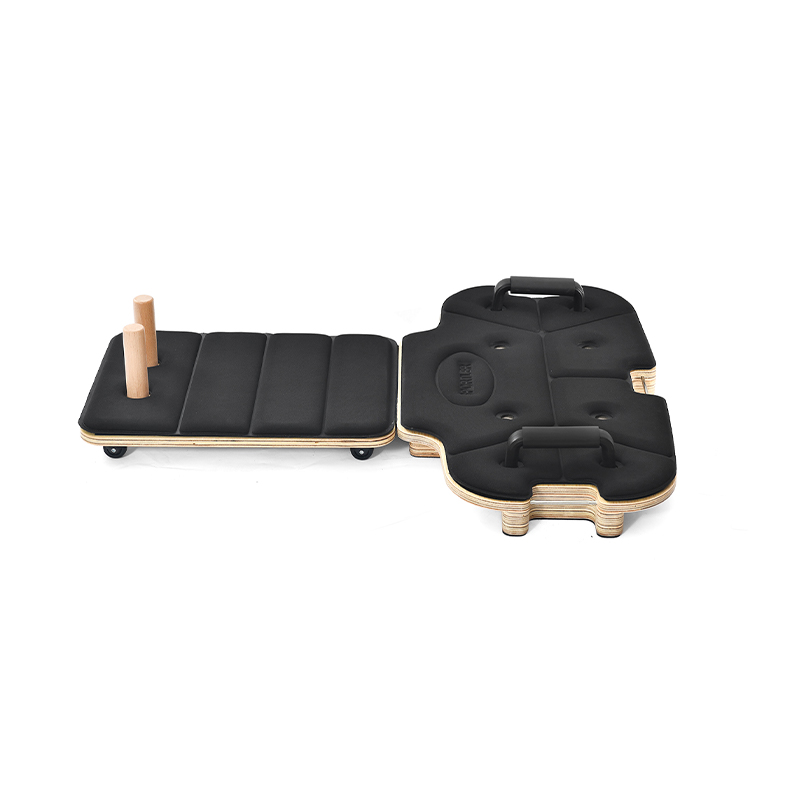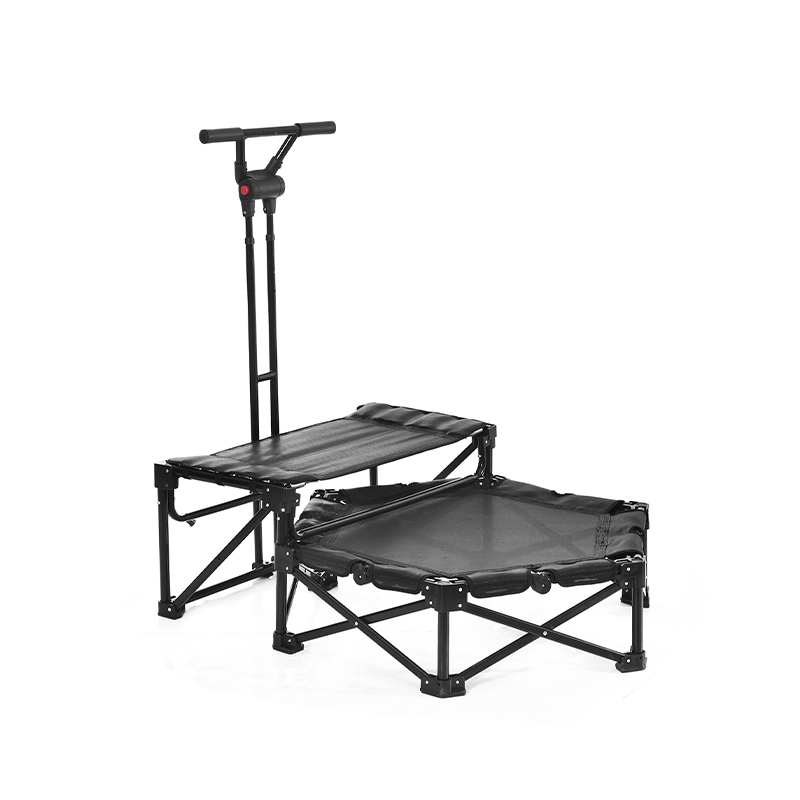Home Pilates gym exercise reformer equipment brings structured and guided full-body workouts into a residential environment, allowing individuals to focus on alignment, flexibility, and strength development. With growing interest in home fitness and functional training, the Pilates reformer is becoming a widely adopted tool for those looking to improve posture, build core stability, and engage in mindful movement—all without leaving home.
At its core, a Pilates reformer consists of a frame, sliding carriage, adjustable springs, a footbar, and shoulder rests. These components work together to create resistance and movement in a controlled environment. The equipment supports a variety of exercises that target different muscle groups, with particular emphasis on the core, lower back, hips, and glutes.
One of the benefits of using reformer equipment at home is the ability to engage in low-impact exercise. Movements are performed with controlled precision, making the reformer a practical choice for users of varying fitness levels, including beginners and individuals returning to exercise after injury. The gliding motion of the carriage, combined with spring resistance, reduces joint strain while still providing muscular challenge.
Home Pilates reformers often feature compact or foldable designs, making them suitable for limited spaces. Some models include wheels or a vertical stand for easy storage when not in use. Despite the more streamlined footprint, many reformers still maintain the functionality required for a comprehensive Pilates session, including adjustable resistance and support for traditional exercises such as footwork, leg circles, short spine stretches, and arm pulls.
A home setup encourages regular practice, which is important for progress in flexibility, strength, and overall body awareness. Users can follow structured routines through online platforms or personalized instruction, and adjust spring resistance to suit their own pace. This adaptability makes the reformer effective for both slow, rehabilitative movements and more dynamic sessions focused on strength and endurance.
Comfort and alignment are key considerations in reformer use. Many machines are designed with padded headrests, adjustable straps, and ergonomic footbars to promote safe and correct positioning. Proper form is essential for effective Pilates, and the reformer’s structure helps guide movement and reduce compensatory patterns, such as overuse of the neck or lower back.
In addition to physical benefits, home reformer training supports mental focus. The method encourages controlled breathing and deliberate movement, often described as a moving meditation. Regular practice can help improve concentration and reduce stress, contributing to a more balanced wellness routine.
Maintenance of the equipment is relatively simple. Wiping down surfaces after each use helps preserve the carriage and straps, while regular inspection of springs and hardware ensures long-term safety. Keeping the reformer clean and properly stored enhances both its function and appearance over time.
Overall, home Pilates gym exercise reformer equipment offers a practical and effective way to engage in guided full-body workouts. It bridges the gap between studio-quality training and home convenience, supporting balanced physical development, better posture, and greater flexibility.
In summary, incorporating a reformer into a home gym setup allows individuals to experience the structured benefits of Pilates on their own schedule. With consistent use, this equipment can support improved strength, coordination, and body control, making it a valuable addition to a home fitness routine.


 English
English русский
русский Español
Español







